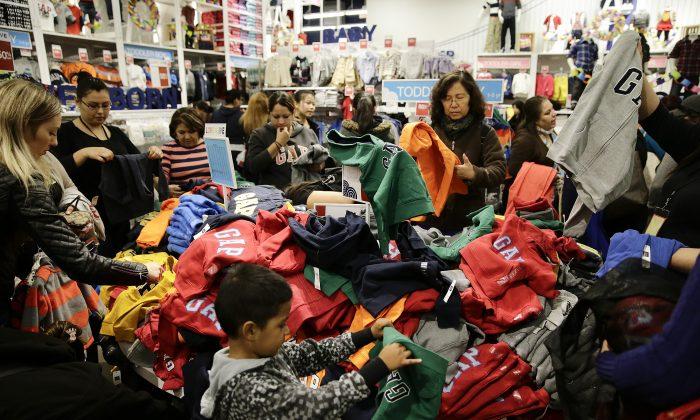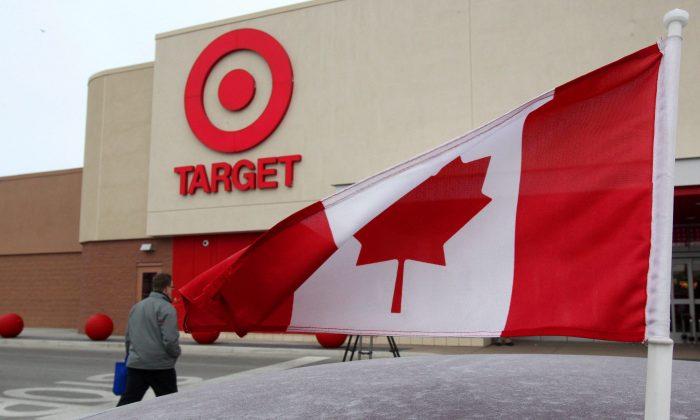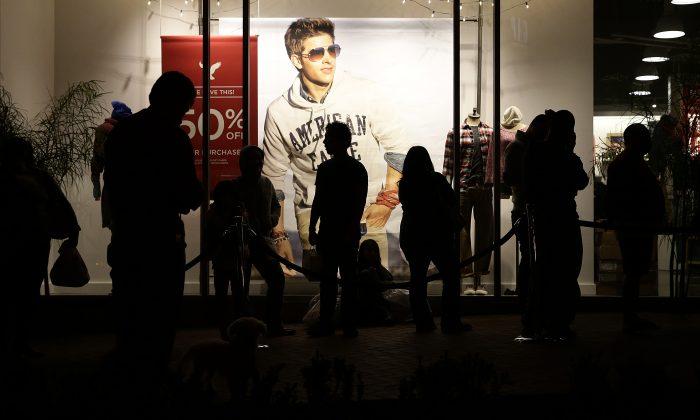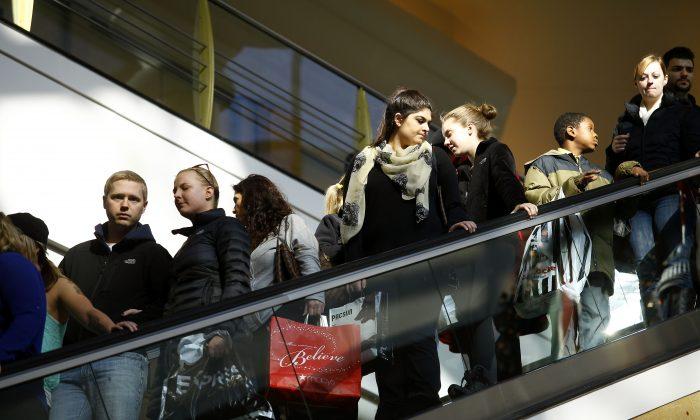NEW YORK—Americans are expected to spend at the highest rate in three years during what’s traditionally the busiest shopping season of the year, according to the nation’s largest retail industry trade group.
But industry watchers say shoppers will need fat discounts, and there will be a huge divide in spending between the haves and have-nots.
“It goes without saying there still remains some uneasiness and anxiety among consumers when it comes to their purchase decisions,” said Matthew Shay, president and CEO of the National Retail Federation. “The lagging economic recovery, though improving, is still top of mind for many Americans.”
The National Retail Federation said Tuesday that it expects sales during the November and December period to be up 4.1 percent to $616.9 billion, up a percentage point higher than last year. It marks the highest increase since 2011 when the rise was 4.8 percent. Still, analysts say retailers will need promotions to lure shoppers.
The prediction is an indicator for stores that rely on the last two months of the year, which on average account for nearly 20 percent of annual retail industry sales. The figure also provides some insight into the mindset of consumers, which is important since consumer spending accounts for up to 70 percent of economic activity.
There have been some positive economic news lately. A surge in hiring last month helped push down the nation’s unemployment rate to a six-year low of 5.9 percent, within short distance of the 5.5 percent that economists believe signals a healthy economy. The stock market is up 6 percent since the beginning of the year, trading at nearly all-time highs.
But wages aren’t rising, making it hard for the average person to juggle daily living expenses. Meanwhile, the housing market has seen a slowdown partly because investors are pulling away because of higher prices. And many would-be buyers are unable to obtain a mortgage, particularly first-time buyers, because of tight credit.
Given the divide, PwC and Strategy& — formerly Booz & Co. — broke out a holiday spending forecast between those who earn less than $50,000 a year and those who earn more than $50,000.
Based on a survey of 2,500 shoppers, they found those who make under $50,000 plan to spend $377 for the holidays, down from $435 last year. But those who make $50,000 or more plans to spend about the same amount, around $978.
“The spending divide among shoppers is widening, creating two distinct groups that we are tracking — survivalists and selectionists,” said Steven Barr of PwC’s U.S. retail and consumer practice.
Overall, he expects holiday spending to dip to $684 per household, from $735 in 2013.
From The Associated Press





Friends Read Free